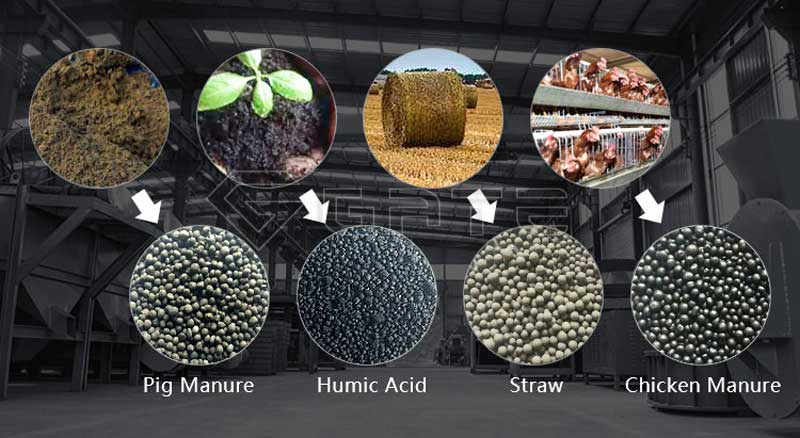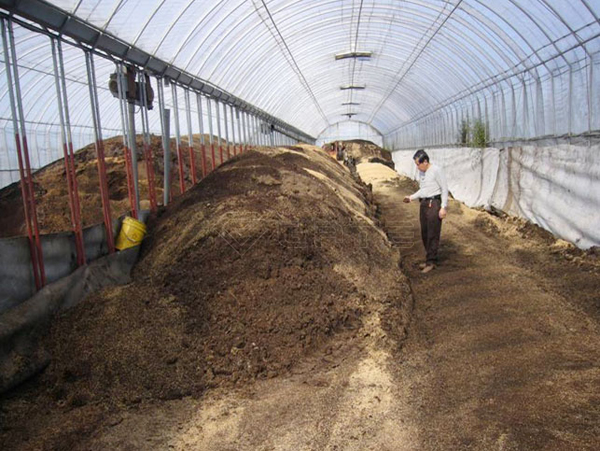How to Produce High Quality Organic Fertilizer?
How to Produce Organic Fertilizer?
Organic fertilizers are fertilizers derived from animal matter, animal excreta (manure), human excreta, and vegetable matter (e.g. compost and crop residues). Naturally occurring organic fertilizers include animal wastes from meat processing, peat, manure, slurry, and guano.
In contrast, the majority of fertilizers used in commercial farming are extracted from minerals (e.g., phosphate rock) or produced industrially (e.g., ammonia). Organic agriculture, a system of farming, allows for certain fertilizers and amendments and disallows others; that is also distinct from this topic.

These materials include the products of the slaughter of animals. Bloodmeal, bone meal, hides, hoofs, and horns are typical precursors. fish meal, and feather meal are other sources.
Chicken litter, which consists of chicken manure mixed with sawdust, is an organic fertilizer that has been shown to better condition soil for harvest than synthesized fertilizer. Researchers at the Agricultural Research Service (ARS) studied the effects of using chicken litter, an organic fertilizer, versus synthetic fertilizers on cotton fields, and found that fields fertilized with chicken litter had a 12% increase in cotton yields over fields fertilized with synthetic fertilizer. In addition to higher yields, researchers valued commercially sold chicken litter at a $17/ton premium (to a total valuation of $78/ton) over the traditional valuations of $61/ton due to value added as a soil conditioner.

Processed organic fertilizers include compost, humic acid, amino acids, and seaweed extracts. Other examples are natural enzyme-digested proteins. Decomposing crop residue (green manure) from prior years is another source of fertility.
Other ARS studies have found that algae used to capture nitrogen and phosphorus runoff from agricultural fields can not only prevent water contamination of these nutrients, but also can be used as an organic fertilizer. ARS scientists originally developed the “algal turf scrubber” to reduce nutrient runoff and increase quality of water flowing into streams, rivers, and lakes. They found that this nutrient-rich algae, once dried, can be applied to cucumber and corn seedlings and result in growth comparable to that seen using synthetic fertilizers.
Manufacturing Process of the Manure Organic Fertilizer
1. Organic materials fermentation process plays the preliminary but indispensable role in the whole production line. The self-propelled compost turner can accelerate fermentation speed and prevents generation of poisonous and smelly gas.
2. The manure (cattle, sheep, chicken, etc.) after treatment transported directly to the fertilizer mixing machine.
3. Delivered to rotary drum fertilizer granulator; after rotation can be made directly small particles of friction material, the particle generation and high uniformity, particles smooth, as the ball high, strength and other characteristics;

4. Delivered to the organic fertilizer dryer, and heat from the stove for heat exchange;
5. Delivered to the organic fertilizer cooler by natural or forced cold air cooling cold fertilizer;
6. Delivery to fertilizer screening machine, large particles after grinding mill were returned to the mixer feeders continue to participate into a ball;
7. After screening qualified products delivered to the fertilizer coating machine;
8. Delivered to the automatic packaging machine to do scale weighing, packaging, warehousing.
















Leave a Messages